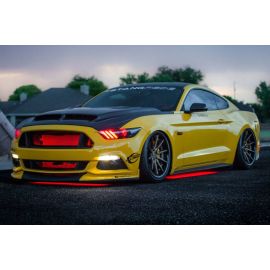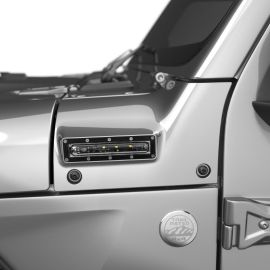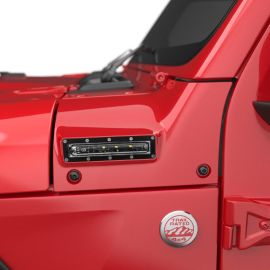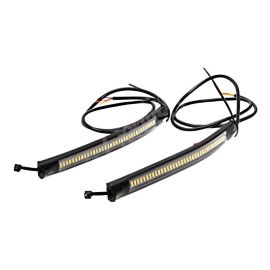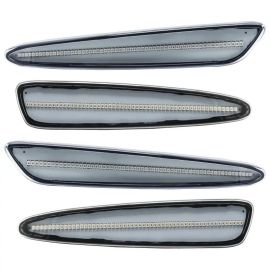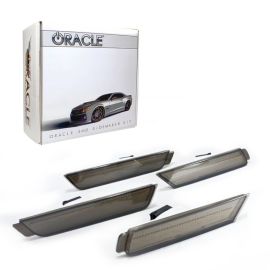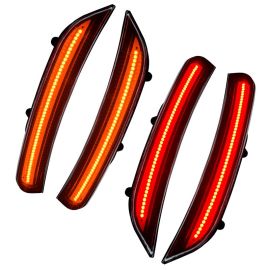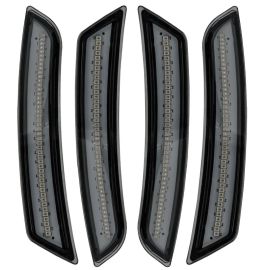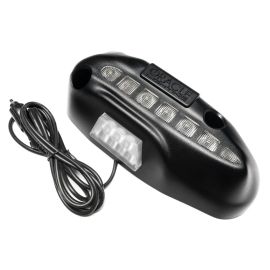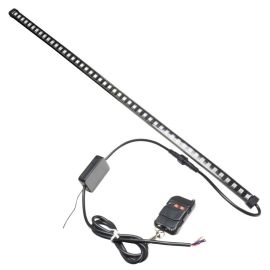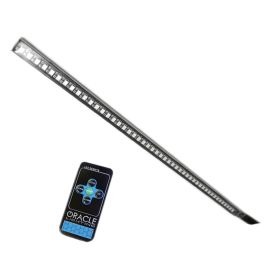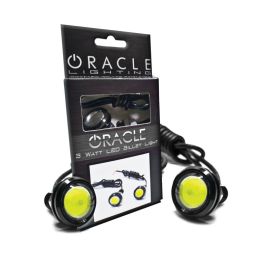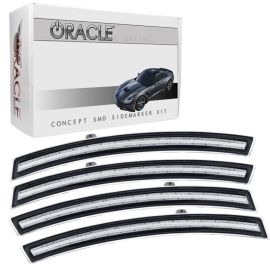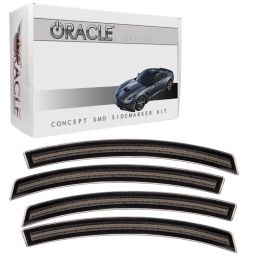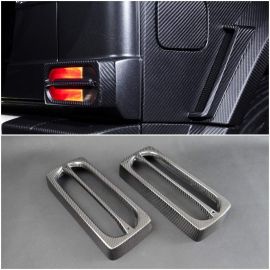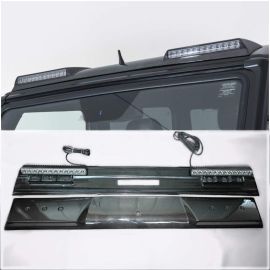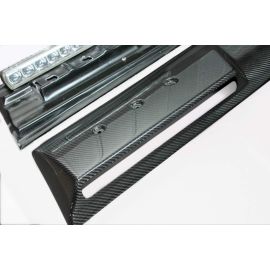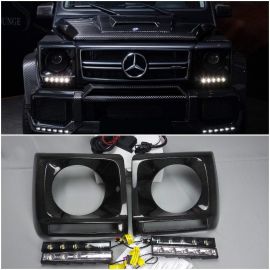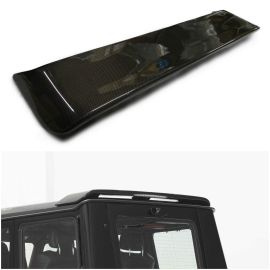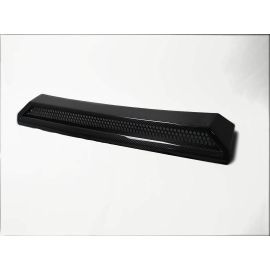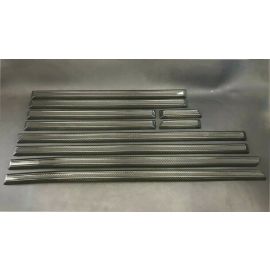Shop By Department
- Car Brands
- Original Mercedes-Benz

- BMW Original

- Automotive Replacement Brake System Parts
- Brake Rotors - Slotted
- Brake Kits - Performance Slot
- Brake Hardware
- Brake Line Kits
- Big Brake Kits
- E-Brake Buttons
- Hand Brakes
- Brake Rotors - 2 Piece
- Exhaust Brakes
- Brake Master Cylinder
- Brake Pads - Racing
- Brake Pads - Performance
- Brake Pads - OE
- Brake Rotors - Slot & Drilled
- Brake Adapters
- Brake Calipers - Perf
- Brake Caliper Rebuild Kits
- Brake Kits - Performance D&S
- Brake Kits - Performance Drill
- Brake Kits - Performance Blank
- Brake Drums
- Brake Shoes
- Brake Kits - OE
- Brake Rotors - Drilled
- Brake Rotors - OE
- Brake Calipers - OE
- Brakes
- Brake Rotors - OE - Cryo
- Brake kits - Slot & Drilled
- Brake kits - Slotted
- Brake kits - Performance
- Brake Fluid
- Trailer Brakes

- Interior & Exterior Car Accessories
- Carbon Fiber Car Parts
- Car Emblems & Accessories
- Pedal Covers
- Bed Racks
- Bed Liners
- Bed Covers - Roll Up
- Bed Covers - Folding
- Brackets
- Exterior Trim
- Uncategorized
- Body Armor & Rock Rails
- Retractable Bed Covers
- Dash & Interior Trim
- Doors
- Seat Belts & Harnesses
- Helmets and Accessories
- Shackle Kits
- Car Covers
- Door Panels
- Body Kits
- Stickers/Decals/Banners
- Steering Wheels & Automotive Interiors
- Car bags hot
- High Performance Filters
- Performance Engines & Engine Parts
- Fuel Pump Fitment Kits
- Fuel Components Misc
- Fuel Pumps
- Fuel Pressure Regulators
- Fuel Manifolds
- Fuel Caps
- Fuel Rails
- Fuel Injectors - Single
- Fuel Systems
- Fuel Tanks
- Fuel Injection Control Modules
- Fuel Injectors - Diesel
- Fuel Lines
- Fuel Pump Hangers
- Fuel Injector Connectors
- Fuel Injector Sets - 4Cyl
- Fuel Injector Sets - 6Cyl
- Fuel Injector Sets - 8Cyl
- Fuel Injector Sets - 2Cyl
- Fuel Injector Sets - 5Cyl
- Fuel Air Separators
- Fuel Injector Adapters
- Fuel Injector Sets - 3Cyl
- Fuel Injector Sets - 10Cyl
- Flex Fuel Kit
- Flex Fuel Sensor
- Flywheels
- Intercooler Ducting
- Oil Pumps
- Injection Pumps & Controllers
- Water Pumps
- Injection Pump Components
- Power Steering Pumps
- Clutch Discs
- Clutch Kits - Single
- Clutch Kits - Multi
- Valves
- Sleeves
- Valve Springs, Retainers
- Valve Guides
- Head Gaskets
- Valve Locks
- Intercoolers
- Heat Shields
- Piston Sets - Forged - 4cyl
- Piston Rings
- Intercooler Pipe Kits
- Engine Covers
- Engine & Cooling
- Engines
- Engine Mounts
- Engine Gaskets
- Bearings
- Spark Plug Wire Sets
- Bumpers & Hood, Spoilers Accessories
- Electric Vehicle Charging Stations
- Automotive & Car Wheels
- Struts & Suspension
- Performance Exhaust Systems & Part
- Car Lights & Lighting Accessories
- Turbochargers & Performance Parts
- Vehicles
- Subaru Performance Parts
- Mercedes-Benz Performance Parts
- Mercedes-Benz C43 AMG Performance Parts
- Mercedes-Benz CLA45 AMG Performance Parts
- Mercedes-Benz E63 AMG Performance Parts
- Mercedes-Benz AMG C63 S - W205 Performance Parts
- Mercedes-Benz CLA 250 - C117 Performance Parts
- Mercedes-Benz A45 AMG Performance Parts
- Mercedes-Benz C450 AMG Performance Parts
- Mercedes-Benz C300 - W205 Performance Parts
- Mercedes-Benz Sprinter Performance Parts
- Mercedes-Benz CLS63 AMG Performance Parts
- Mercedes-Benz GLA45 AMG Performance Parts
- Dodge Performance Parts
- Dodge RAM Performance Parts
- Dodge Cummins 5.9L Performance Parts
- Dodge Cummins 6.7L Performance Parts
- Dodge RAM 1500 EcoDiesel Performance Parts
- Dodge Challenger Performance Parts
- Dodge Neon SRT 4 Performance Parts
- Dodge Hellcat - Demon - Redeye Performance Parts
- Dodge Sprinter Performance Parts
- Dodge Caliber Performance Parts
- Dodge Charger Performance Parts
- Dodge Magnum Performance Parts
- Chevy Performance Parts
- Chevy Silverado Performance Parts
- Chevy Duramax Performance Parts
- Chevy Tahoe Performance Parts
- Chevy Camaro Performance Parts
- Chevy Cruze Performance Parts
- Chevy Corvette C8 Performance Parts
- Chevy Corvette C5 Performance Parts
- Chevy Trailblazer SS Performance Parts
- Chevy Camaro SS Performance Parts
- Chevy Colorado Performance Parts
- Chevy SS (VF) Performance Parts
- Chevy Corvette C7 Performance Parts
- Chevy Cobalt SS Performance Parts
- Chevy Cavalier Performance Parts
- Chevy Impala SS Performance Parts
- Chevy Corvette C6 Performance Parts
- Volkswagen Performance Parts
- Volkswagen Golf Performance Parts
- Volkswagen GTI Performance Parts
- Volkswagen GLI Performance Parts
- Volkswagen Beetle Performance Parts
- Volkswagen EOS Performance Parts
- Volkswagen Jetta Performance Parts
- Volkswagen Rabbit Performance Parts
- Volkswagen TDI Performance Parts
- Volkswagen Passat Performance Parts
- Volkswagen R32 Performance Parts
- Volkswagen Scirocco Performance Parts
- BMW Performance Parts
- BMW M2 Performance Parts
- BMW M3 Performance Parts
- BMW 235i Performance Parts
- BMW 325i Performance Parts
- BMW 335i Performance Parts
- BMW 340i Performance Parts
- BMW 330i Performance Parts
- BMW 135i Performance Parts
- BMW 1M Performance Parts
- BMW Z4 Performance Parts
- BMW 535i Performance Parts
- BMW M3 E46 Performance Parts
- BMW M4 Performance Parts
- BMW X3 Performance Parts
- BMW M6 Performance Parts
- BMW M5 Performance Parts
- Nissan Performance Parts
- Nissan 400Z Performance Parts
- Nissan 350Z Performance Parts
- Nissan Skyline R35 GTR Performance Parts
- Nissan 370Z Performance Parts
- Nissan 240SX Performance Parts
- Nissan Sentra Performance Parts
- Nissan Skyline R32, R33, R34 Performance Parts
- Nissan Altima Performance Parts
- Nissan Maxima Performance Parts
- Nissan 300ZX Performance Parts
- Nissan Sentra SPEC V Performance Parts
- Nissan Titan XD Performance Parts
- Nissan Juke Performance Parts
- Toyota Performance Parts
- Toyota Tundra Performance Parts
- Toyota MK5 Supra Performance Parts
- Toyota GR Corolla Performance Parts
- Toyota Supra Performance Parts
- Toyota Corolla Performance Parts
- Toyota Celica GTS Performance Parts
- Toyota Tacoma Performance Parts
- Toyota Celica GT Performance Parts
- Toyota Corolla XRS Performance Parts
- Toyota Matrix Performance Parts
- Toyota Camry Performance Parts
- Toyota Celica AllTrac Performance Parts
- Toyota Matrix XRS Performance Parts
- Toyota MR2 Spyder Performance Parts
- Toyota MR2 Performance Parts
- Acura Performance Parts
- Hyundai Performance Parts
- Infiniti Performance Parts
- Audi Performance Parts
- Audi S4 Performance Parts
- Audi A4 Performance Parts
- Audi A3 Performance Parts
- Audi TT Performance Parts
- Audi RS3 Performance Parts
- Audi S3 Performance Parts
- Audi S6 Performance Parts
- Audi TTRS Performance Parts
- Audi R8 Performance Parts
- Audi A5 Performance Parts
- Audi Q5 Performance Parts
- Audi TDI Performance Parts
- Audi Allroad Performance Parts
- Audi A6 Performance Parts
- Audi S5 Performance Parts
- Honda Performance Parts
- Ford Performance Parts
- Ford Explorer ST Performance Parts
- Ford F150 Raptor Performance Parts
- Ford Bronco Ecoboost Performance Parts
- Ford F150 Performance Parts
- Ford Mustang Performance Parts
- Ford Powerstroke Performance Parts
- Ford F150 Ecoboost Performance Parts
- Ford Focus ST Performance Parts
- Ford Fiesta ST Performance Parts
- Ford Ranger Performance Parts
- Ford Focus RS Performance Parts
- Ford Fiesta Performance Parts
- Ford Mustang Ecoboost Performance Parts
- Ford Expedition Performance Parts
- Ford F-Series Performance Parts
- Ford Fusion Ecoboost Performance Parts
- Ford Excursion Performance Parts
- Ford Taurus SHO Performance Parts
- Fiat Performance Parts
- Suzuki Performance Parts
- Scion Performance Parts
- Kawasaki Performance Parts
- Mitsubishi Performance Parts
- Mitsubishi EVO I - VII Performance Parts
- Mitsubishi EVO IX Performance Parts
- Mitsubishi EVO X Performance Parts
- Mitsubishi EVO VIII Performance Parts
- Mitsubishi Eclipse Performance Parts
- Mitsubishi Lancer Performance Parts
- Mitsubishi 3000GT Performance Parts
- Mitsubishi Galant Performance Parts
- Mitsubishi Lancer Ralliart Performance Parts
- Kia Performance Parts
- Jeep Performance Parts
- Mini Performance Parts
- Can-Am Performance Parts
- Buick Performance Parts
- GMC Performance Parts
- Yamaha Performance Parts
- Polaris Performance Parts
- Pontiac Performance Parts
- Harley Davidson Performance Parts
- Chrysler Performance Parts
- Saab Performance Parts
- Mazda Performance Parts
- Porsche Performance Parts
- Volvo Performance Parts
- Eagle Performance Parts
- Lexus Performance Parts
- Hummer Performance Parts
- Turbochargers & Parts
- Precision Turbo Turbochargers
- Turbo Rebuilds
- HPT Turbo
- Garrett Turbochargers
- Garrett G Series
- Garrett GTX Series Turbochargers
- Garrett Ball Bearing CHRAs Turbochargers
- Garrett Turbine Housings Turbochargers
- Garrett GT Ball Bearing Turbochargers
- Garrett G-XRace
- Garrett GBC Turbos
- Garrett T Series Turbochargers
- Garrett GTW Series Turbochargers
- Garrett Journal Bearing GT Series Turbochargers
- Garrett GTX Gen II Series Turbos
- Garrett Compressor Wheels Turbochargers
- Garrett Turbine Wheels Turbochargers
- Garrett GTX Gen II BLACK Series Turbochargers
- Turbo Accessories Turbochargers
- Turbo Accessories Turbo VBands Turbochargers
- Turbo Accessories Turbo Oiling Turbochargers
- Turbo Accessories Turbo Gaskets Turbochargers
- Turbo Accessories Turbo Blankets Turbochargers
- Turbo Accessories Turbo Flanges Turbochargers
- Turbo Accessories Internal Wastegates Turbochargers
- Turbo Accessories Turbo Cooling Turbochargers
- Turbo Accessories Universal VBand Clamps Turbochargers
- Turbo Accessories Universal TBolt Clamps Turbochargers
- Turbosmart Turbochargers
- Borg Warner Turbochargers
- Borg Warner EFR 6258 (450HP) Turbochargers
- SX-R Series Turbochargers
- Borg Warner SX-E Series Turbochargers
- Borg Warner EFR 6758 (500HP) Turbochargers
- Borg Warner EFR 9180 (1000HP) Turbochargers
- Borg Warner EFR 8370 (700HP) Turbochargers
- Borg Warner S300SX Series Turbochargers
- Borg Warner EFR 9174 (1000HP) Turbochargers
- Borg Warner EFR 8474 (950HP) Turbochargers
- Borg Warner EFR 9274 (1050HP) Turbochargers
- Borg Warner EFR 9280 (1100HP) Turbochargers
- Borg Warner EFR 8374 (750HP) Turbochargers
- Borg Warner EFR 7163 (550HP) Turbochargers
- Borg Warner EFR 7064 (550HP) Turbochargers
- Borg Warner EFR 7670 (650HP) Turbochargers
- Xona Rotor Turbochargers
- Xona Rotor XRE 6869S (1050HP) Turbochargers
- Xona Rotor XRE 7169S (1200HP) Turbochargers
- Xona Rotor XR 7864S (820HP) Turbochargers
- Xona Rotor XR 7164S (750HP) Turbochargers
- Xona Rotor XR 6564S (690HP) Turbochargers
- Xona Rotor XRE 7475 (1300HP) Turbochargers
- Xona Rotor XR 8264S (860HP) Turbochargers
- Xona Rotor XR 5451S (570HP) Turbochargers
- Xona Rotor XR 6557S (680HP) Turbochargers
- Xona Rotor XR 5757S (600HP) Turbochargers
- Xona Rotor XR 4951S (510HP) Turbochargers
- Xona Rotor XR 6157S (640HP) Turbochargers
- Xona Rotor XR 7869S (820HP) Turbochargers
- Xona Rotor XR 11569S (1200HP) Turbochargers
- Xona Rotor XR 10569S (1100HP) Turbochargers
- Xona Rotor XR 9569S (1000HP) Turbochargers
- Xona Rotor XR 8269S (860HP) Turbochargers
- Bullseye Power Turbochargers
- Bullseye Power BatMoWheel Billet Turbochargers
- Bullseye Power S200 Series Turbochargers
- Bullseye Power S300 Series Turbochargers
- Bullseye Power S400 Series Turbochargers
- Bullseye Power Street Billet Turbochargers
- Bullseye Power S500 Series Turbochargers
- Bullseye Power TCT Billet Turbochargers
- Bullseye Power NLX Series Turbochargers
- Boost Lab
- Comp Turbochargers
- B.L.F. Turbochargers
- Diesel Performance Parts
- Universal Parts
- Vehicles
Search

